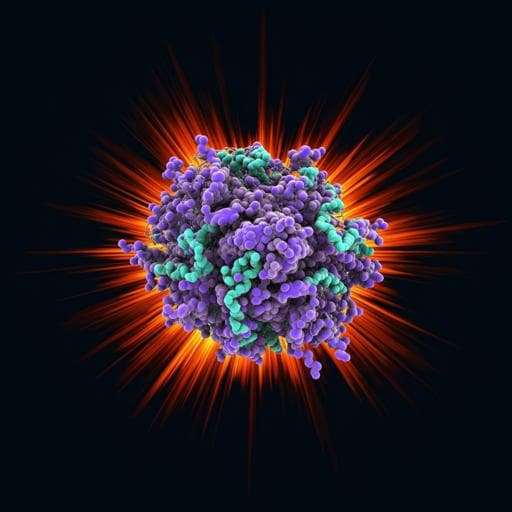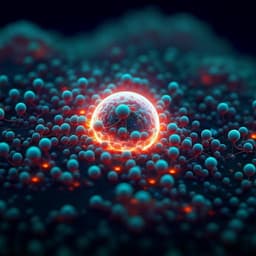
Biology
Observation of a single protein by ultrafast X-ray diffraction
T. Ekeberg, D. Assalaoua, et al.
Discover the groundbreaking achievement of capturing an X-ray diffraction pattern from a single protein, *Escherichia coli* GroEL, by a team of researchers led by Tomas Ekeberg and others. This innovation enables ultrafast, time-resolved studies on a femtosecond timescale—revolutionizing how we understand protein dynamics.
~3 min • Beginner • English
Related Publications
Explore these studies to deepen your understanding of the subject.







